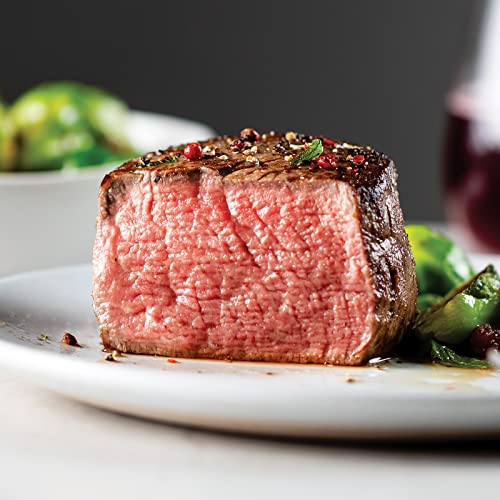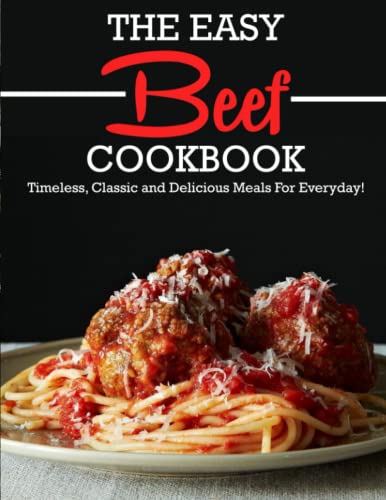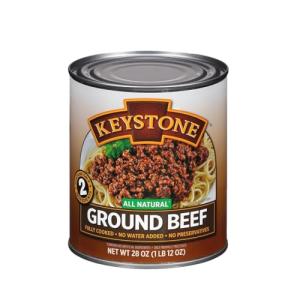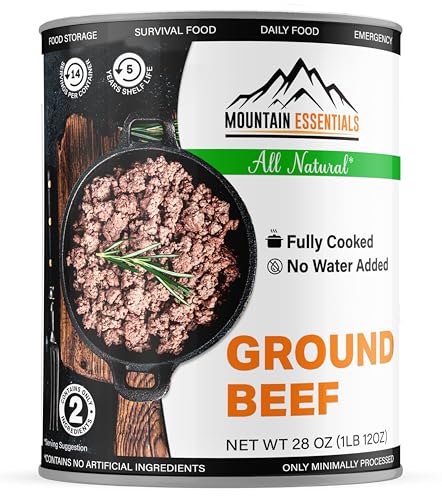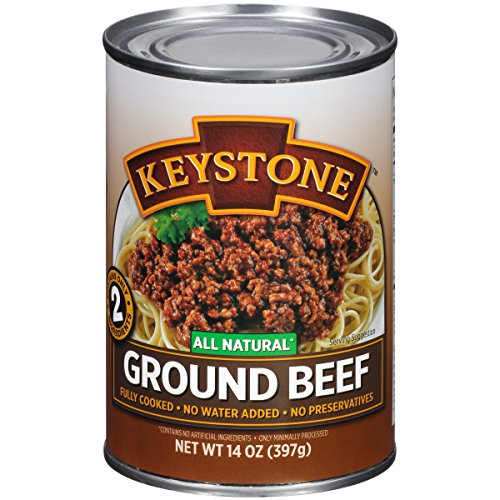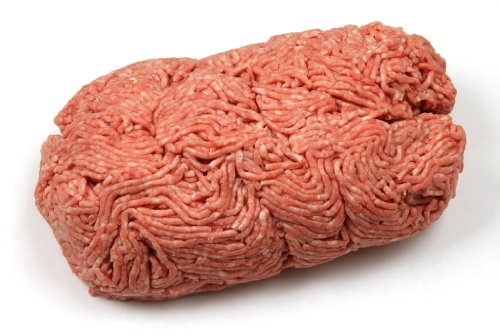Getting into beef butchery? You’re going to need some solid tools to make your life easier and your cuts perfect. The right equipment not only helps in making clean cuts but also ensures you’re safe while working. Let’s dive into the essentials you’ll want to have on hand.
First up, a good butcher knife is a must. Look for a sharp, sturdy knife that feels comfortable in your hand. You’ll be using it a lot, so make sure it’s something you enjoy wielding. A boning knife is also essential for working around bones and getting into those tight spots. They usually have a slim, flexible blade that makes detailed work easier.
Don’t forget your meat saw. This tool is a game changer for cutting through larger sections of beef. It saves you time and effort, letting you tackle big cuts without wearing yourself out. A meat tenderizer is handy too, especially if you want to soften up tougher cuts before cooking. Nobody wants a chewy steak!
Lastly, investing in a good cutting board is crucial. Go for a big one that can handle significant pieces of meat. It’s also smart to have separate boards for raw meat and other ingredients to keep your workspace safe and clean. Toss in some heavy-duty gloves, and you’ll be ready to tackle beef butchery like a pro.
Choosing the Right Cuts of Beef
When it comes to beef butchery, picking the right cuts can make a huge difference in your meals. Each cut has its own flavor and tenderness, which can totally change how your dish turns out. Whether you're firing up the grill or slow-cooking a stew, knowing what to choose is key to nailing your beef dishes.
First up, you’ve got your ribeye. This cut is marbled with fat, giving it a rich, juicy flavor that’s perfect for grilling. If you want a steak that practically melts in your mouth, go for ribeye. Next, there's the sirloin. It’s less fatty and offers a good balance between flavor and price. Great for quick stir-fries or fajitas, sirloin is super versatile and a hit for family dinners.
If you're into slow cooking, check out brisket. It’s tough but transforms into something incredible when cooked low and slow. Think BBQ sandwiches or mouthwatering beef chili. And don’t forget about chuck. This cut is best for pot roasts and is packed with flavor, especially when it’s cooked for hours. Tender beef that’ll satisfy everyone around your dinner table? Yes, please!
Finally, for ground beef, look for a blend with a good fat content—around 80/20 is perfect. It offers great flavor while keeping your burgers juicy and not dry. Picking the right cuts is all about knowing how you plan to cook them. With a little practice, you'll be a beef butchery whiz in no time.
4 Beef Filets, 141.7g Each
Juicy and tender filets perfect for grilling or pan-searing
Product information
$69.99
Product Review Score
4.95 out of 5 stars
185 reviewsProduct links
Tips for Perfecting Your Butchery Skills
Ready to take your beef butchery skills to the next level? Here are some handy tips to get you slicing and dicing like a pro!
First off, invest in a good set of knives. You don't need a ton of fancy tools, but having a solid chef's knife and a sharp boning knife can make a world of difference. A sharp knife glides through meat much easier, which means cleaner cuts and less wastage. Keep your knives honed up regularly, and you’ll feel the difference every time you chop into a cut of beef.
Next, learn the different cuts of beef. Familiarize yourself with terms like chuck, rib, loin, and round. Each part of the cow has its own flavor and texture. Knowing which cuts are better for grilling versus braising will totally up your cooking game. Plus, you’ll impress your friends at the next BBQ with your beef knowledge!
Practice makes perfect. Don’t be afraid to showcase your skills on less expensive cuts. Take your time, and focus on your technique. Use a cutting board that doesn’t slip, and always cut against the grain for that melt-in-your-mouth experience. The more you butcher, the better you'll get.
Lastly, pay attention to safety. Always cut away from your body, and keep your fingers tucked in when holding the meat. A stable workspace can prevent accidents, so be sure to keep it clean and organized. Beef butchery can be a bit messy, but staying safe is key!
Easy Beef Cookbook: Delicious Meals for Every Day!
Unlock mouthwatering beef recipes that make cooking fun and simple for any night of the week!
Product information
$6.99
Product Review Score
4.98 out of 5 stars
36 reviewsProduct links
Storing and Aging Beef Safely
When it comes to beef butchery, storing and aging your meat the right way can make all the difference in flavor and tenderness. Here are some tips to keep your beef in tip-top shape.
First off, temperature is key. Make sure your fridge is set to around 34°F to 38°F (1°C to 3°C). A colder temp can freeze the meat, while too warm can lead to spoilage. Wrap your beef correctly too. Use butcher paper or vacuum-sealed bags to prevent exposure to air. Air can create freezer burn, which ruins the texture and taste.
Aging beef is a game changer. The process breaks down tough muscle fibers, making it more tender. For dry aging, you'll need a dedicated fridge or a cooler that controls humidity and airflow. Keep it at around 34°F with good air circulation. The aging process can take anywhere from a few days to several weeks, depending on your taste. Just remember: the longer you age, the stronger the flavor will get.
Always remember to check the meat for signs of spoilage. If you see discoloration, unusual smells, or a slimy texture, it's time to toss it out. Your safety comes first, even with an awesome beef butchery project on the line!
